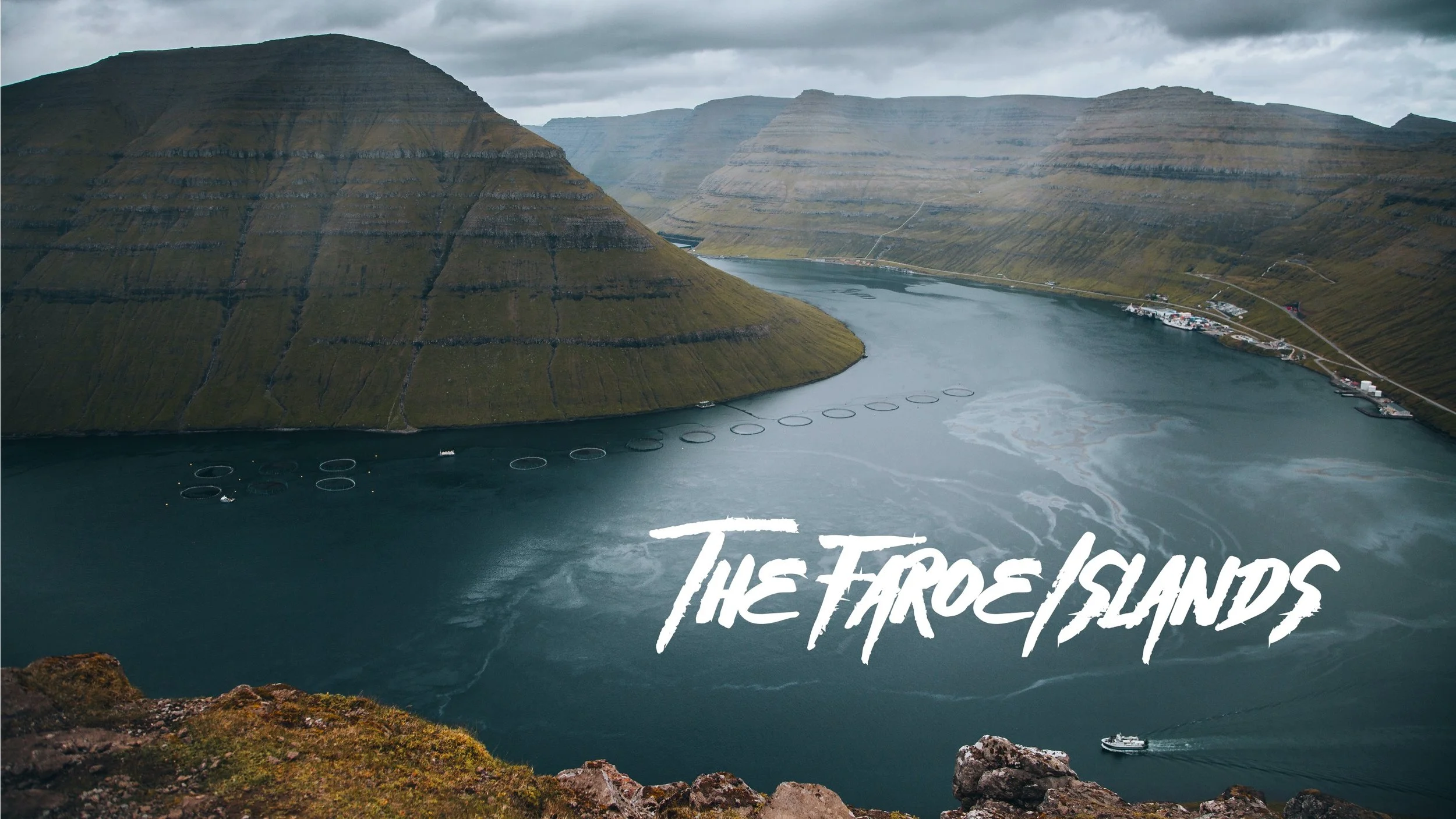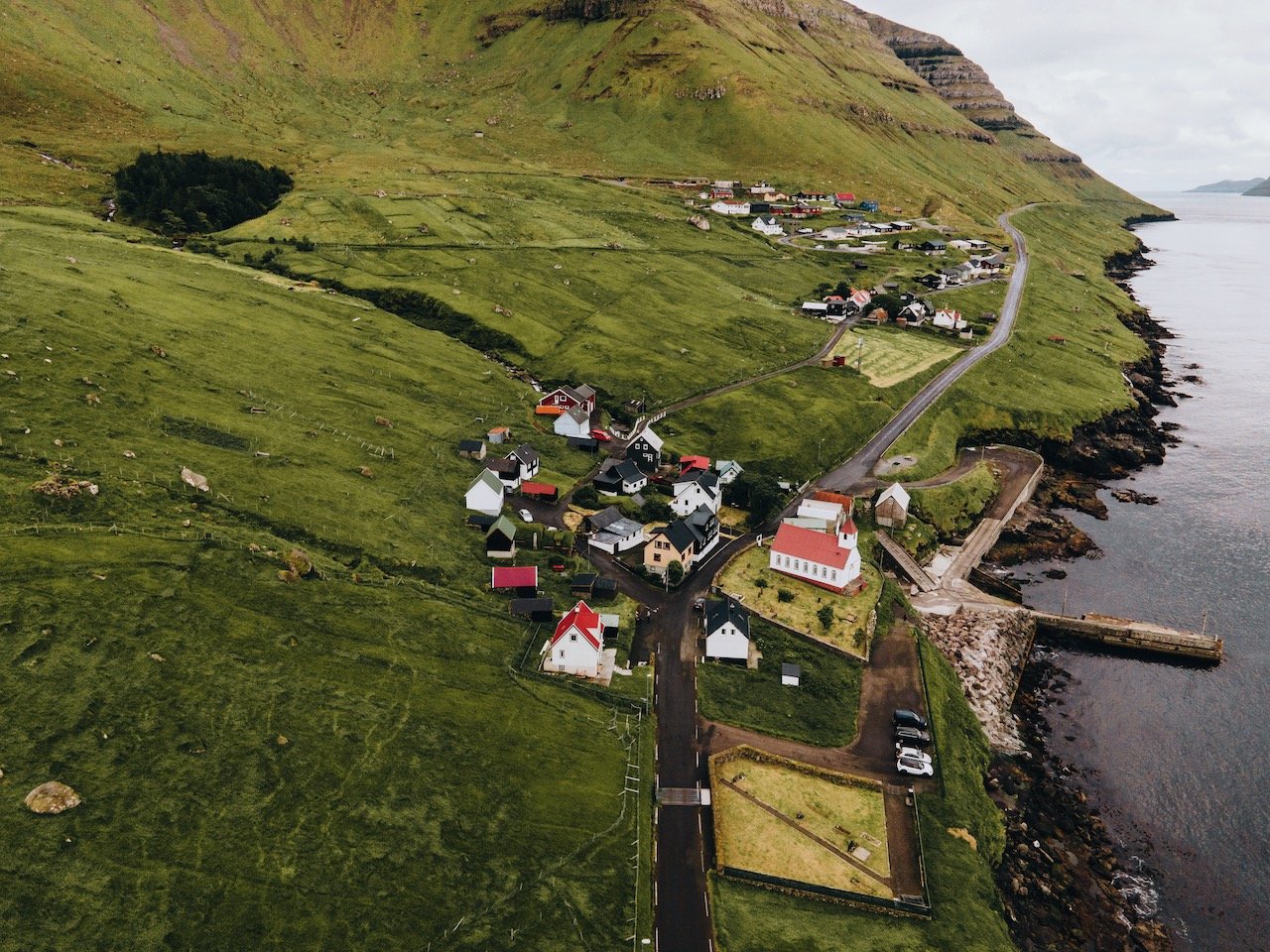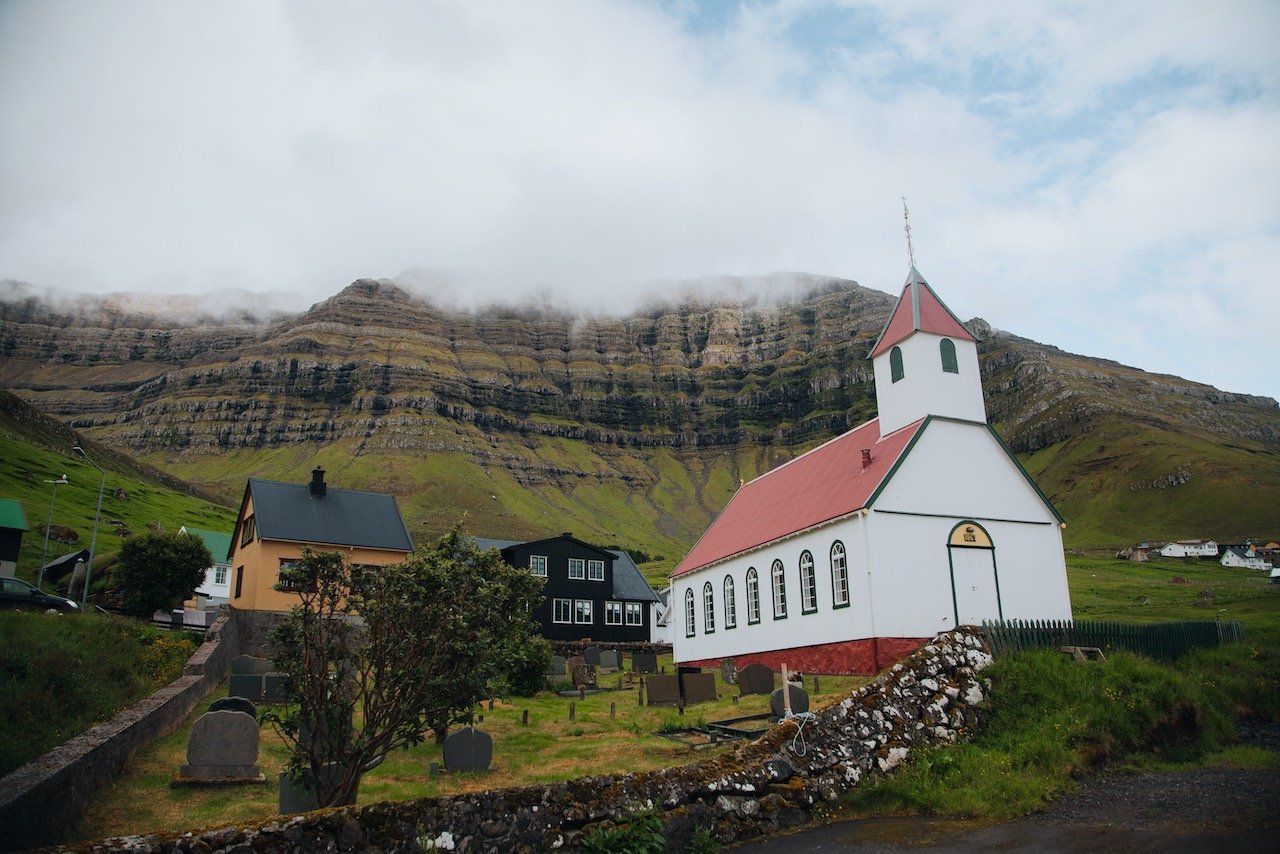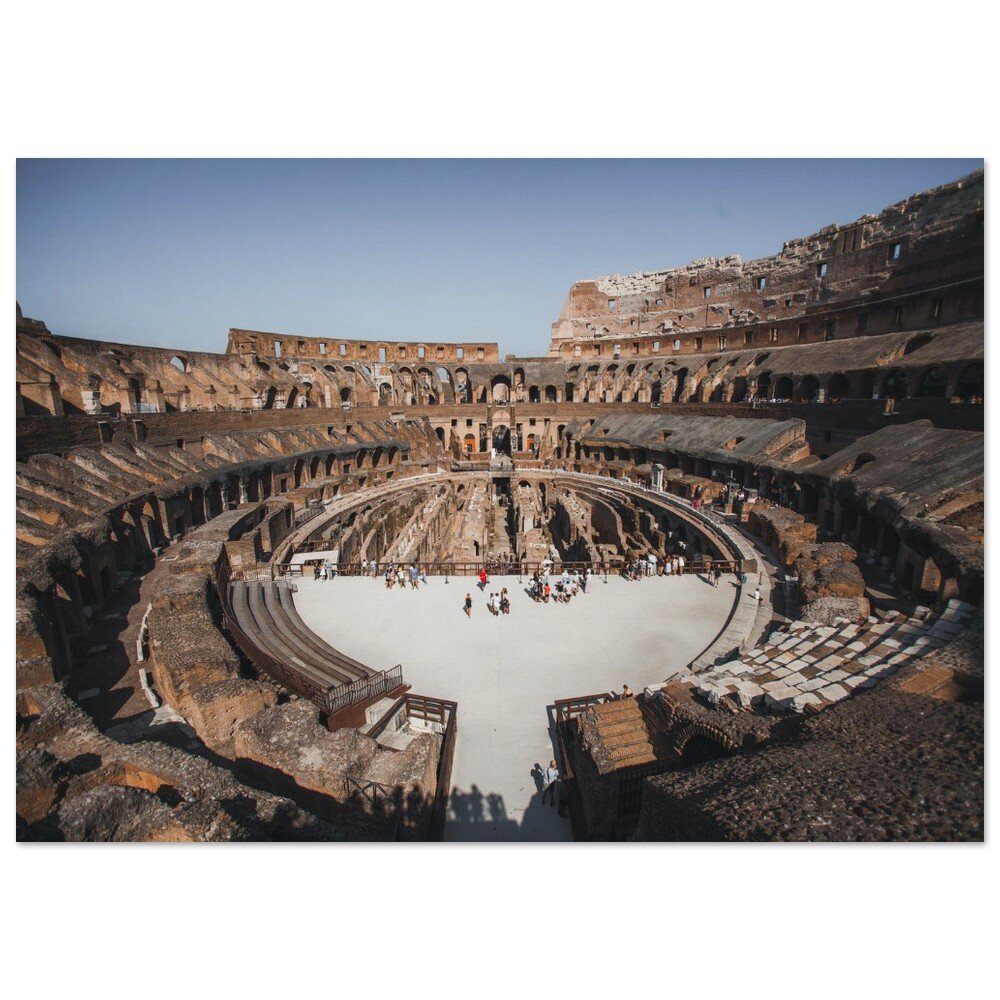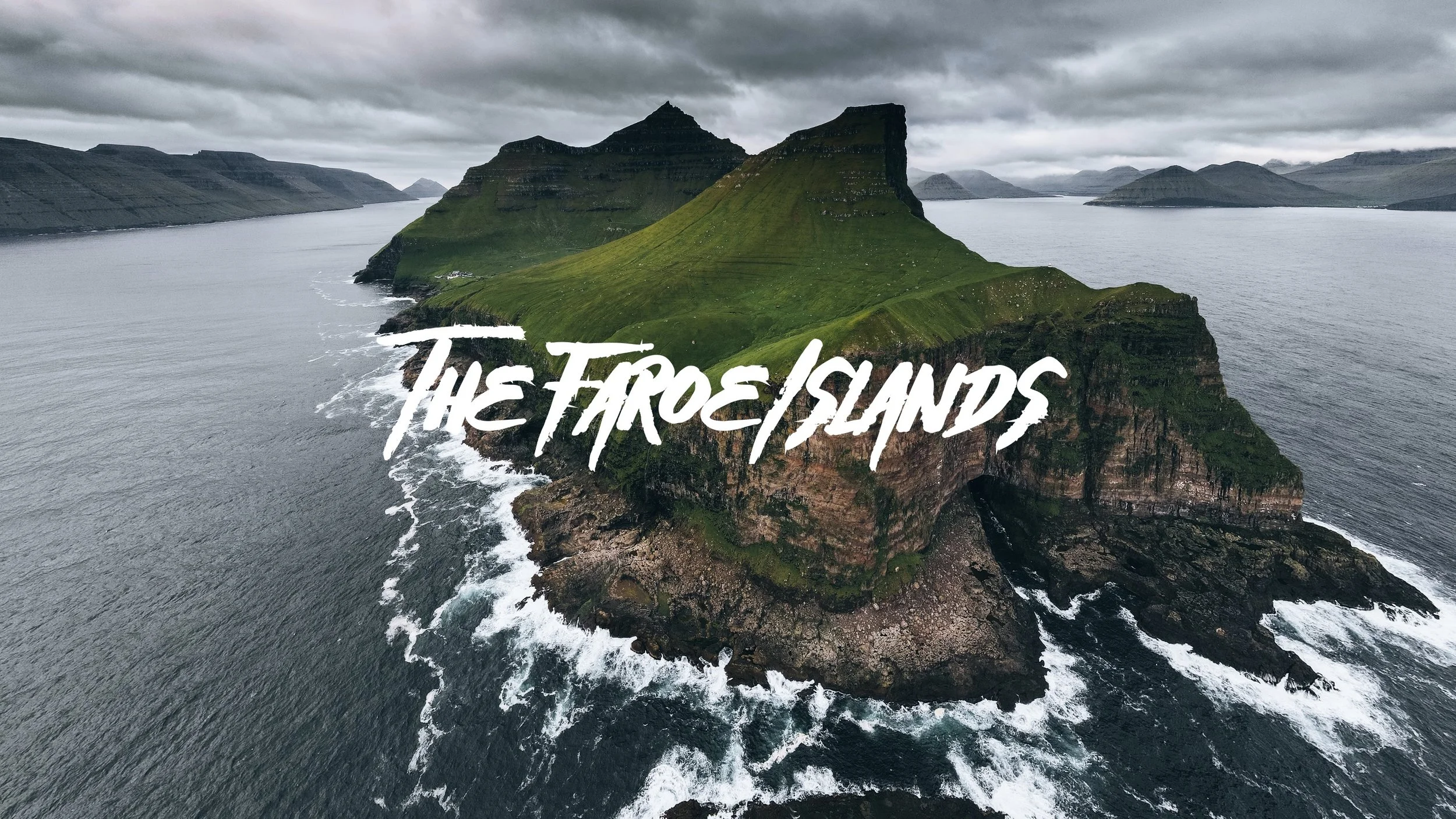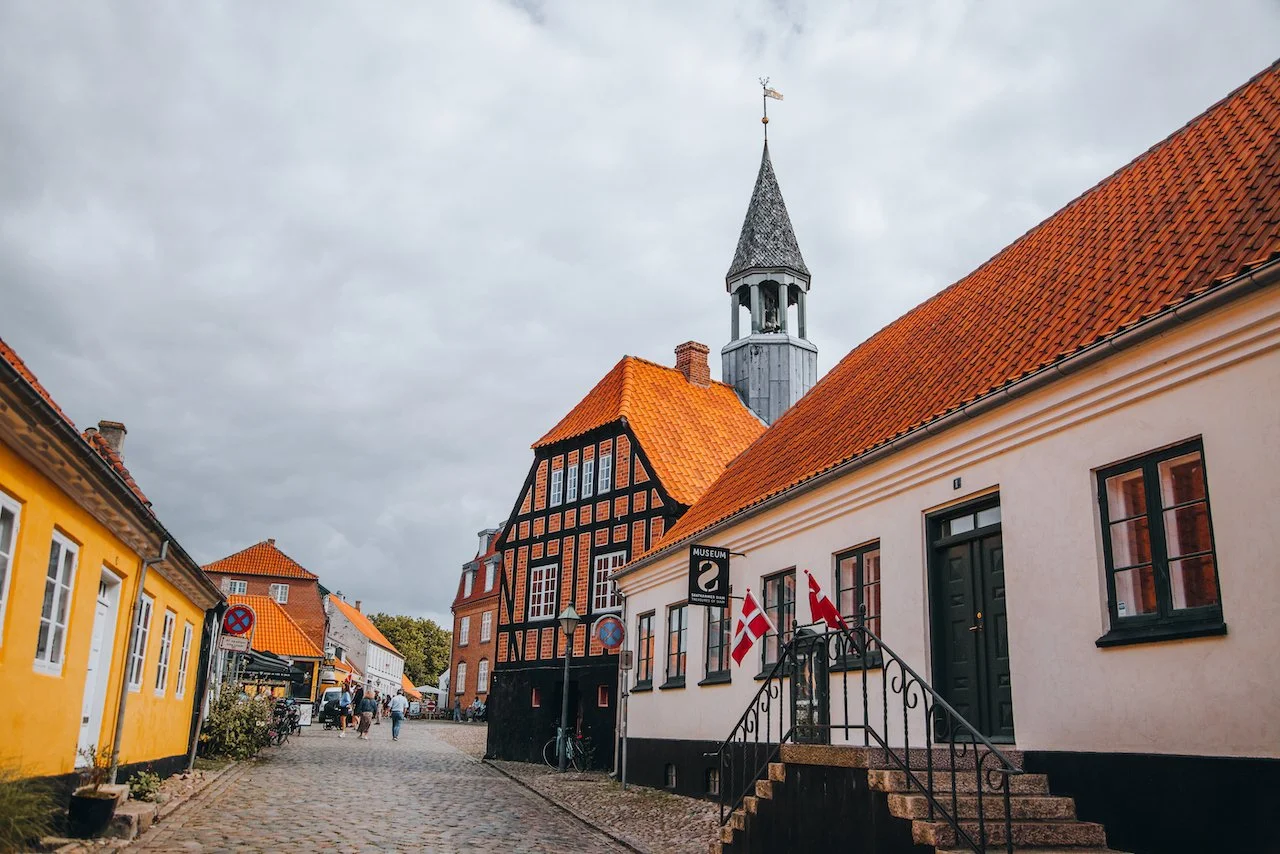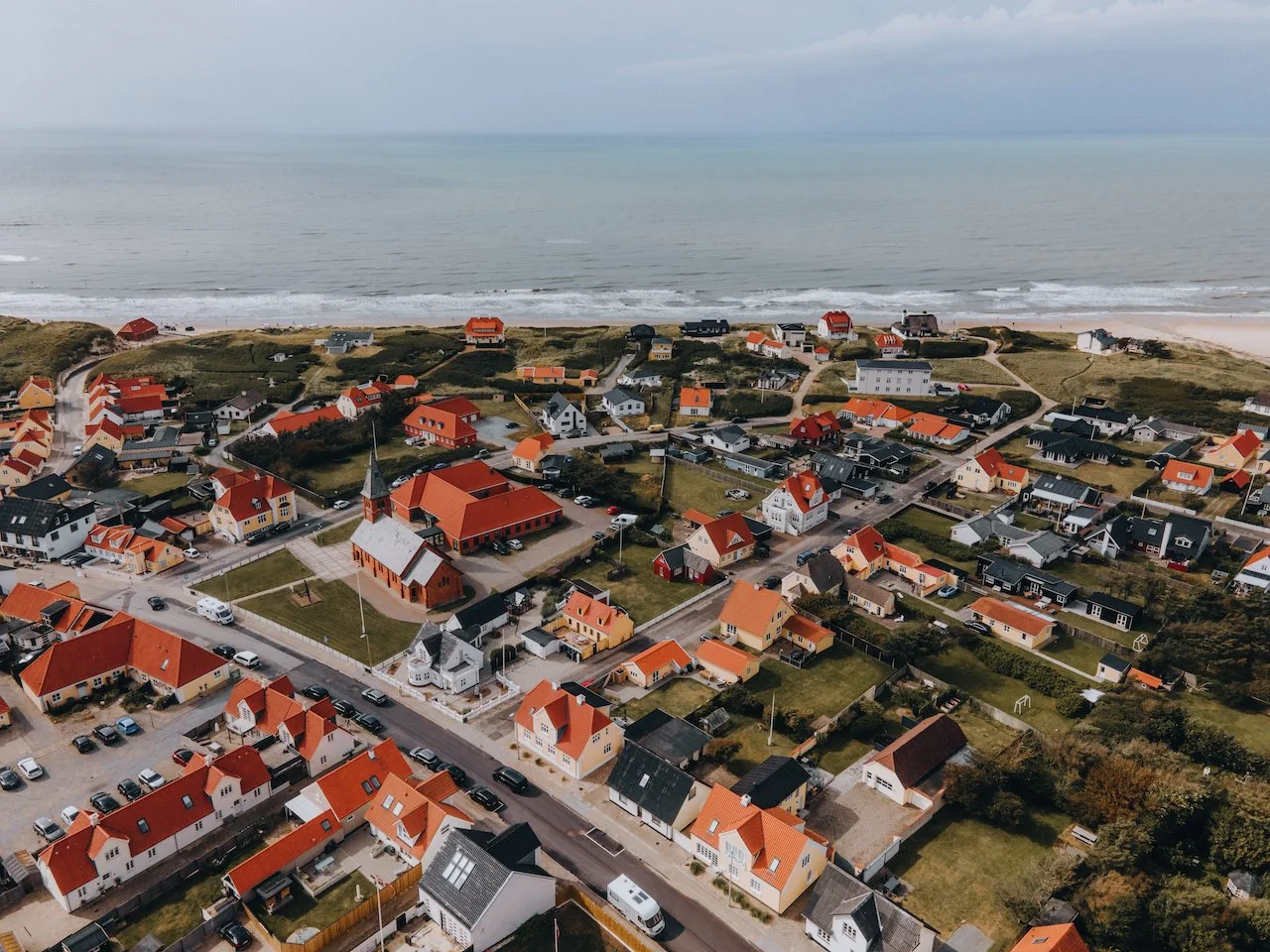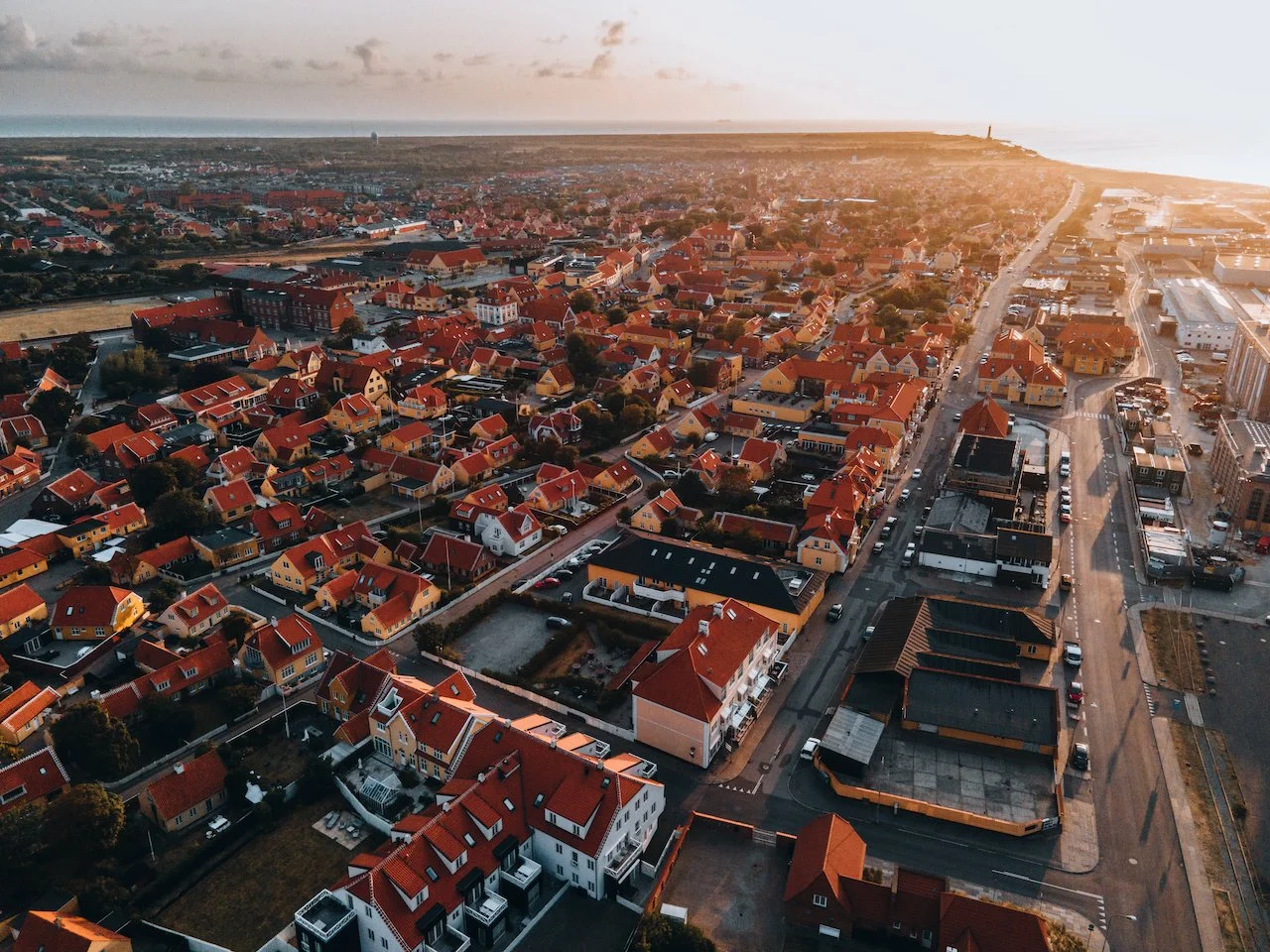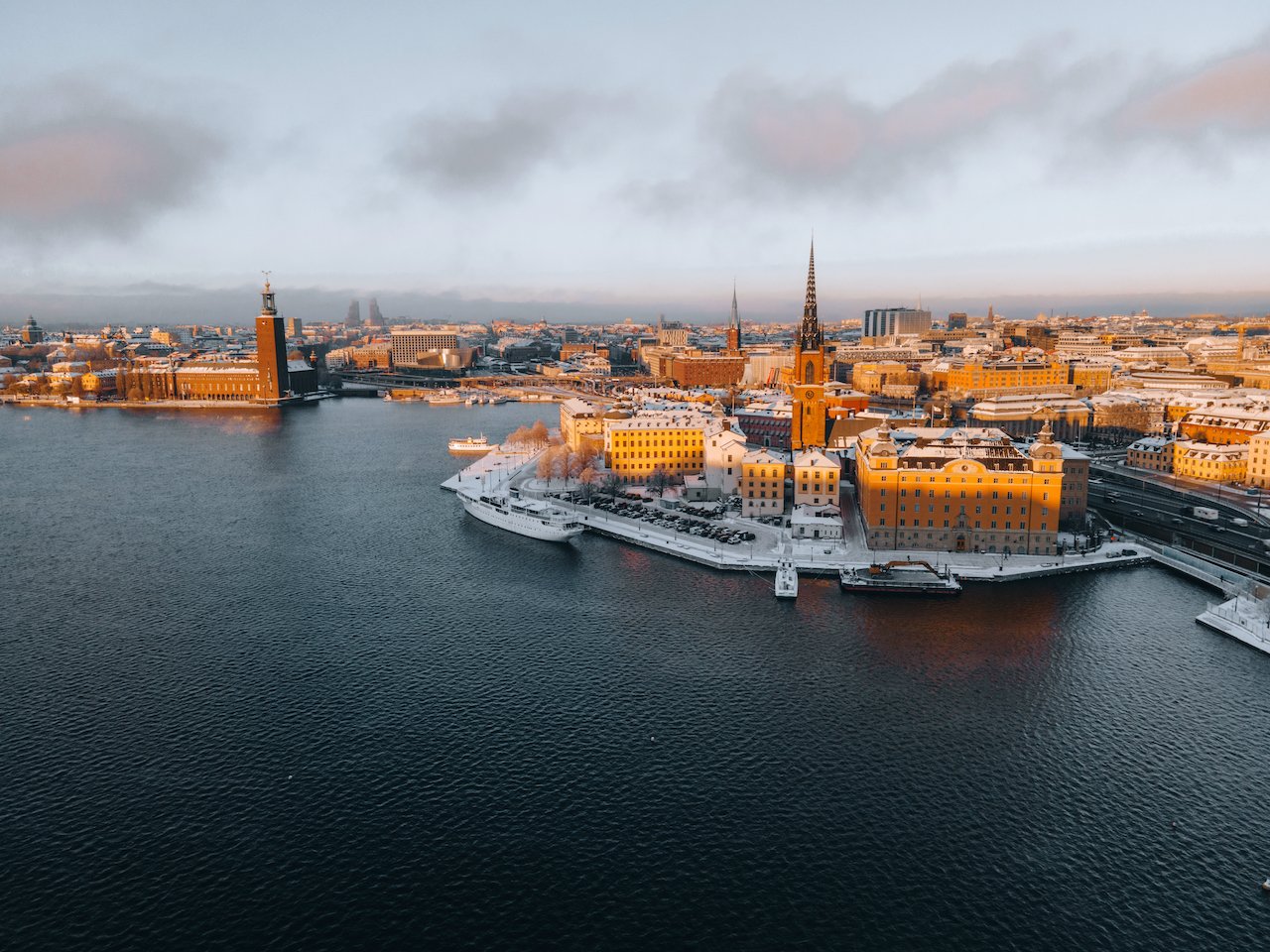A Journey to the Faroe Islands: The Island of Kunoy
(Some links in this post are affiliate links. If you click through and take action, I'll be compensated.) If you are also interested in any PRINTS from any of my posts, be sure to check out my store where you can buy prints as posters, in metal/wooden frames or on canvas.
**This post is the 10th of a 11-post series discussing what to see in this part of the Faroe Islands (You can check out the other parts in the list below, separated by each specific island (just click on the island name to see the blog post. Everything is also summarized in another post here.**
The Faroe Islands, or the Faroes, are an archipelago located in the North Atlantic Ocean and are a part of Denmark. The subpolar oceanic climate, moderated by the Gulf Stream, make the temperature of the Faroes nearly constant throughout the year. Origins of the Faroe Islands date back as early as 500 AD, thought to be settled by people from Great Britain or Ireland. [Funfact: The population of sheep (70,000) outnumber the human population (54,000)]
Tórshavn (Blog Post: A Journey to the Faroese Capital of Tórshavn)
Vágar (Blog Post: A Journey to the Faroe Islands: The Island of Vágar)
Streymoy (Blog Post: A Journey to the Faroe Islands: The Island of Streymoy)
Eysturoy (Blog Post: A Journey to the Faroe Islands: The Island of Eysturoy)
Bordoy (Blog Post: A Journey to the Faroe Islands: The Island of Bordoy)
Kalsoy (Blog Post: A Journey to the Faroe Islands: The Island of Kalsoy)
Vidoy (Blog Post: A Journey to the Faroe Islands: The Island of Vidoy)
Mykines (Blog Post: A Journey to the Faroe Islands: The Island of Mykines)
Sandoy (Blog Post: A Journey to the Faroe Islands: The Island of Sandoy)
Kunoy (Blog Post: A Journey to the Faroe Islands: The Island of Kunoy)
The Waterfalls of the Faroe Islands (Blog Post: The Waterfalls of the Faroe Islands)
In this blog post, I will cover the island of Kunoy. A Google Map of these places I will talk about can be seen at the end of this article. Check out my drone video on the Faroe Islands below!
How to Get to the Faroe Islands
The Faroe Islands are accessed primarily through Vágar Airport (FAE), the only airport in the archipelago. Vágar Airport connects the islands to major Northern European hubs:
Copenhagen Airport (CPH), Denmark: Several daily flights by Atlantic Airways and SAS; flight time about 1 hour 45 minutes.
Reykjavik Keflavik Airport (KEF), Iceland: Seasonal flights by Atlantic Airways, about 1 hour 15 minutes.
Edinburgh Airport (EDI), UK: Seasonal summer flights lasting roughly 2 hours.
Most travelers connect via Copenhagen, which has extensive international connections.
How to Get to Kunoy Island
Step 1: From Vágar Airport to Klaksvík (Borðoy Island)
Drive: From Vágar Airport to Klaksvík, the largest town in the north, it’s approximately 115 km and takes about 2 hours by car. The route crosses Streymoy and Eysturoy islands via well-maintained roads and tunnels (including the Vágatunnilin and Eysturoyartunnilin).
Bus: From Vágar Airport, take bus line 400 to Tórshavn (50 min, 60 DKK), then transfer to bus 401 or 402 from Tórshavn to Klaksvík (approx. 1.5 hours, 100 DKK). Buses run a few times daily.
Step 2: From Klaksvík to Kunoy Village (Kunoy Island)
By Road: Kunoy is connected to Borðoy (where Klaksvík is located) via a tunnel under the sea—the Kunoyartunnilin.
Driving Distance: About 17 km from Klaksvík to the village of Kunoy, approximately a 20-minute drive.
Bus: Bus line 411 runs between Klaksvík and Kunoy village, typically 3–4 times per day. The journey takes about 30 minutes and costs around 40 DKK (~5 EUR).
Taxi: Available but limited; expect to pay around 300–400 DKK (~40–55 EUR) for the short ride.
Notes:
Roads are paved and well-maintained but can be narrow and winding.
Bus schedules are limited, especially outside of peak hours, so check local timetables in advance.
Renting a car in Tórshavn or Klaksvík is often the most convenient way to explore Kunoy and surrounding islands.



